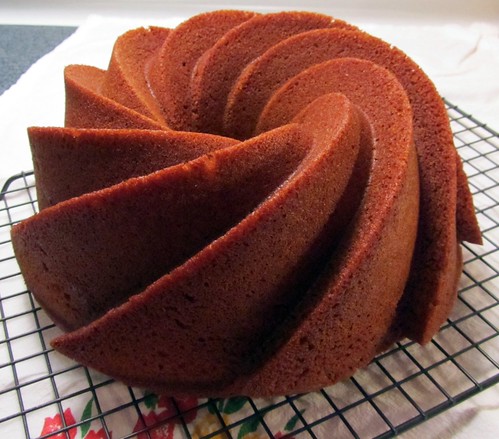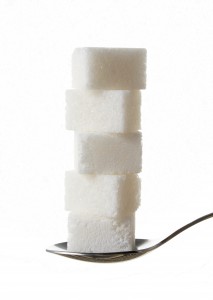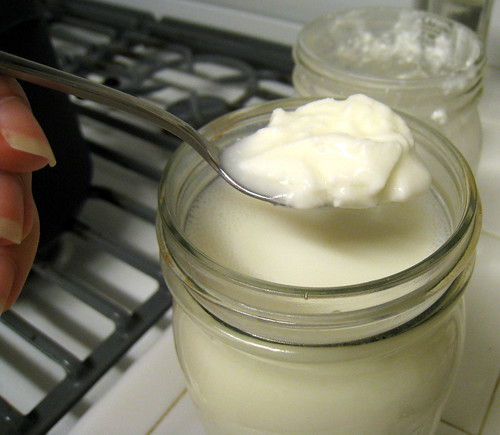
When evaluating whether you want to make a recipe, it’s usually easy to judge whether it’s appetizing—many recipes have pictures to tempt you. But if what you’re looking for is a healthful recipe, how do you judge whether a recipe is really healthy, or just masquerading as healthy? We’ve come up with a few questions you can use as guides as you read through a recipe—they’ll help you identify (and steer clear of) the posers.





